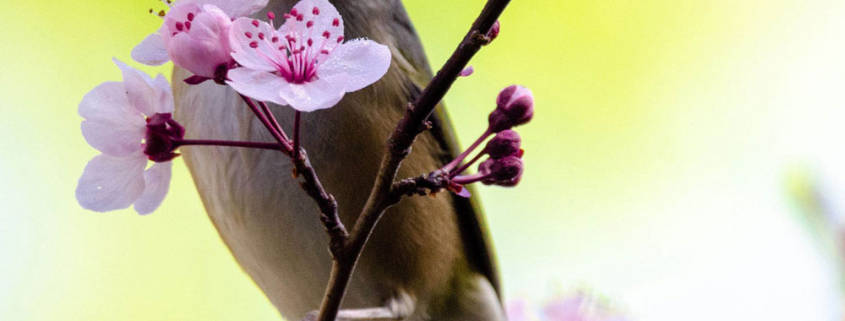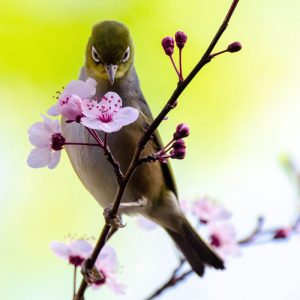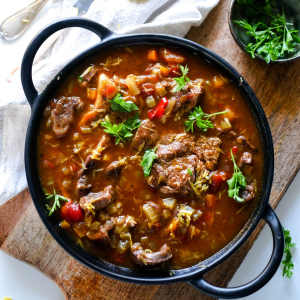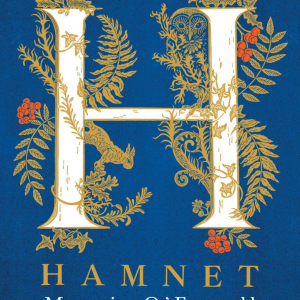Food for our garden visitors
With winter well and truly with us, it is opportune to mention once again the care needed for our birds and bees through these colder months. Apart from supplying a reliable water source for them in a shallow birdbath or dish, another important thing is to provide them with food during winter. Food can be provided by either artificially feeding them with purchased seed and the like or, more naturally, with seed and flowers on plants. Birds have a diverse range of diets – from those that are nectar feeders through those requiring seed and berries to scavengers who prefer a meat diet. It is difficult to supply food to the meat eaters as most of them scavenge for food along our highways and roads or in pastures where they can pick up other food types. For the others though, the simplest way is to plant grasses and shrubs that will flower in the winter and encourage the birds to feed in your garden. The seed-eating birds can be provided for by planting native grasses and species of Bankia and Callistemon that, as their flowers finish off, leave seed pods that are suitable for parrots and cockatoos. Grasses are suitable for a lot of the smaller birds like finches and fantails. The nectar feeders have a wider range of plants available to them including species such as Eriostemon (now Philotheca), Correa, Crowea and Epacris. As you can see there is a significant preference for Australian plants as there seems to be so many of them that flower in winter. In more detail, species of Correa come in a wide range of sizes from groundcovers to plants up to 1.5m tall. Colours vary from white though a range of pink shades to green and all have a tubular shaped flower suited to spinebills and other similar species of bird. Species of Crowea and Philotheca also come in forms from groundcovers to taller varieties up to 1.5m. They are mainly in white and shades of pink with Philotheca having a lovely ‘citrus’ fragrance, particularly when crushed or brushed pass. Most have star-shaped flowers. Should your garden be a garden without many Australian plants then there are many exotic plants that will flower throughout winter. Many are perennials including: lavenders, salvias, hellebores and several varieties of daisies. Shrubs include buddleias, daphnes, camellias and viburnums. If you are artificially feeding your birds, then it is extremely important to understand their diets and only feed them with food that they normally eat in the wild. Wild birdseed mixes are usually the go and these can be purchased at reputable pet suppliers. I might mention that I am not a great advocate of artificially feeding native birds. I have mentioned in previous columns, the importance of providing water for both birds and bees and the style of receptacle should be shallow enough around the edges for small birds and bees and deep enough in the centre of larger birds. Shrubs around the water source should give smaller birds a secure place to perch away from some of the bigger birds. During winter, place the bath in a bit more sunlight to melt the ice if it freezes over.



